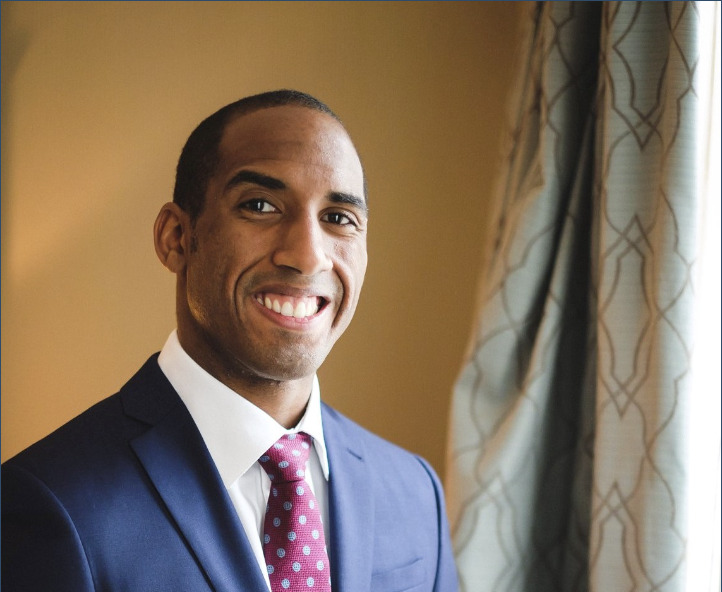Latin America and the Caribbean should look to Taipei as a key to their high-tech future
On Nov.1, President Biden and 11 Latin American and Caribbean country leaders agreed to establish a Center of Excellence in Costa Rica, which will provide regional workforce development in semiconductors, AI, 5G, cyber and other emerging technology. A few days later, El Salvador and Costa Rica hosted a high-ranking U.S. Commerce Department official to discuss digital development.
As these countries work with the United States on such developments, they can look to another key leader in the global digital economy: Taiwan. Less than three decades ago, Taiwan was ruled under martial law. Chiang Kai-shek, who led the Kuomintang government when it lost to the Chinese Communist Party in 1949, ruled with an iron fist for decades. Youth movements
and international condemnation eventually pressured the government to modernize, and in 1996 Taiwan held its first free and fair presidential elections. Today, it is a vibrant democracy with four candidates vying for the presidency in January. It is also a world leader in advanced semiconductors and information and communication technology, with U.S. firms like Nvidia going there to learn from the semiconductor masters.
How was Taiwan able to transform itself to a technological democracy in less than 30 years, and what can Latin America and the Caribbean learn from their model?
At a recent Miami event, Charles Chou, director general of Taiwan’s Economic and Cultural office in Miami, explained. “Taiwan has little natural resources, so we invested a lot in our human resources,” he said. All students complete 12 years of primary and secondary education, and more than 80 percent receive post-secondary education. By contrast, just 63 percent of Latin American and Caribbean children finish secondary education, and there is a gross inequality in education outcomes between the richest and poorest students in the region.
The second factor is the government’s long-term vision. In the 1980s, the government decided that Taiwan should specialize in semiconductor manufacturing. It courted Morris Chang, then working at Texas Instruments, to return and start a semiconductor company. That became the Taiwan Semiconductor Manufacturing Company, which now produces 90 percent of the most advanced semiconductors in the world.
Latin American and Caribbean countries can empathize with Taiwan’s history. Many countries also suffered under the mano dura policies of caudillos, or strongmen. Since then, democracies have made meaningful progress, though in recent years there has been concern about democratic backsliding.
The region’s nations should follow the Taiwan model. First, they can boost investments in early education in STEM, which will make them more competitive in the AI future. Second, country economic ministries and regional organizations should invite Taiwan business delegations to consult on the regional Center of Excellence. Third, they can persuade Taiwanese companies
to invest in semiconductor factories there. Fourth, regional universities should seek out academic partnerships with Taiwanese universities in information and communication technology – ICT – semiconductors and AI.
In June, Mexico hosted a Taiwanese delegation to discuss investments in microchip capacity for automotive manufacturing; this is a great start, and other countries should follow suit. Panama and Costa Rica are already working with the United States on being semiconductor supply chain hubs; they could also consult with Taiwanese companies as they develop these hubs.
In building out such partnerships, Taiwan’s remaining seven diplomatic allies in the region will have a competitive advantage. Taiwan has already helped train hundreds of people across the region in ICT and has helped finance broadband as well. Countries that still maintain economic relations with Taiwan can leverage the various economic offices in their countries to facilitate such opportunities.
Of course, there is the elephant in the room. The People’s Republic of China would certainly object to any of these ideas and most likely retaliate through economic coercion. Regional leaders have long said they don’t want to choose sides between the U.S. and China and want to maximize economic benefits from both countries. Why not try to maximize such benefits with Taiwan? If country leaders make decisions based on fear of retaliation from a so-called “strategic partner” they must ask themselves if that’s truly the kind of partner they want.












